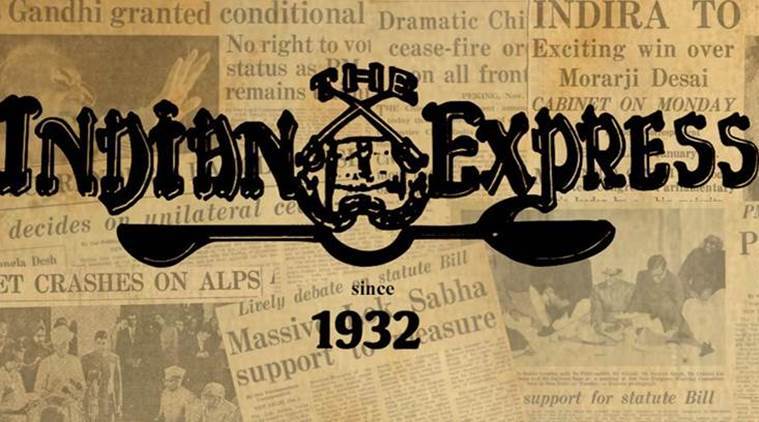 Karnataka Chief Minister H D Kumaraswamy, however, has been circumspect and said he would comment only after studying the 12-volume verdict.
Karnataka Chief Minister H D Kumaraswamy, however, has been circumspect and said he would comment only after studying the 12-volume verdict.
Last week, the Mahadayi Water Disputes Tribunal took a decisive step towards resolving the dispute between Goa and Karnataka over the Mahadayi. It awarded Goa 24 thousand million cubic feet (TMCFt) of water and Karnataka 13.4 TMCFt from the river. It’s heartening that the two states — which had bitterly contested each other’s claims for nearly three decades — have taken a positive view of the award. Goa’s water resources minister, Vinoda Paliencar, who had, in January, asserted that “not a drop” of the Mahadayi’s water will go to Karnataka, welcomed the verdict.
By all accounts, the tribunal’s decision seems to have satisfied the farmers’ groups in Karnataka that have been protesting for more than three years for the Mahadayi’s waters. Karnataka Chief Minister H D Kumaraswamy, however, has been circumspect and said he would comment only after studying the 12-volume verdict.
Originating in Bhimgad Wildlife Sanctuary in Karnataka’s Belagavi district, the Mahadayi flows in a general westerly direction, entering Goa in Sattari taluk of North Goa district. The river spends about two-thirds of its journey in the state, and its network of tributaries and distributaries play a crucial role in Goa’s ecology. As most of Goa’s rivers hold salt water, the sweet water Mahadayi is critical to the state’s water security. But in the 1980s and 1990s, Karnataka designed a chain of dams and canals to channel the Mahadayi’s water to Malaprabha, a tributary of the Krishna River, citing endemic water crisis in the northern part of the state. Goa protested these diversions claiming that the upper riparian state’s moves would result in an ingress of salt water in the Mahadayi. The matter went to the Supreme Court in 2006 when all attempts at a negotiated settlement between the two states failed. The Mahadayi Water Disputes Tribunal was set up in 2010.
The Tribunal has directed the setting up an agency, on the lines of the Cauvery Water Management Authority, to execute the award. If the recent history of river water disputes — including over the Cauvery — is any indicator, the creation of such an agency is often the most contentious aspect of a water tribunal’s decision. The problem gets complicated during drought years. The role of the agency that will give effect to the Mahadayi Water Tribunal’s award is likely to be made even more difficult by the fact that Northern Karnataka is drought-prone. The agency will need to perform a balancing act between meeting the imperatives of Goa’s ecology and the livelihood needs of Karnataka farmers.